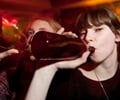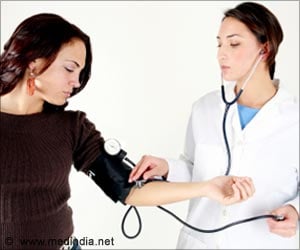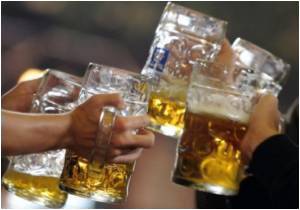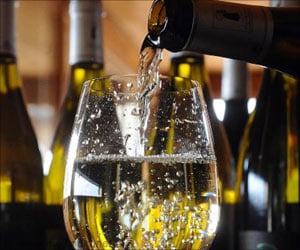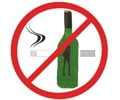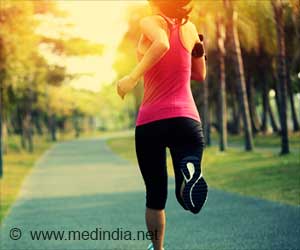Highlights
- Body image behavioral misperception (BIBM) happens when actions are based on perceived weight and body image.
- The odds of ever having had alcohol was 1.21 times greater among high school girls with BIBM.
- Girls who had a BIBM had 1.22 times greater odds of having five or more alcoholic beverages in a short period of time.
"Negative self-image can lead to negative behaviors. Body image and behavioral misperception occurs when actions are taken based on a perceived weight status or body image," said senior study author Margie Skeer, Sc.D., M.P.H., M.S.W., assistant professor of public health and community medicine at Tufts University School of Medicine.
"We found significant relationships between this misperception and reporting ever having had alcohol, as well as reporting episodic heavy drinking among high school girls. Paying attention to this behavior in this population could help identify factors supporting the relationship between this misperception and drinking, as well as other risk behaviors, beyond high school." Margie added.
According to the U.S. Department of Health and Human Services, misuse of alcohol and dieting culture are rampant throughout American society. Among adolescents, weight-loss behavior has been associated with substance abuse.
Studying the Relationship
Among 6,579 female students aged 14-18+ years:
- 37.5% reported having a BIBM
- 67.7% of the girls had had at least one drink in their lifetime
- 17.8% had episodes of heavy drinking in the past 30 days
Ethnicity- Belonging to Hispanic or Latina origin increased tendency towards alcohol use in comparison to being white.
Age of being sexually active- Being sexually active before age 13 increased alcohol use compared with girls who were not.
Smoking- Girls who smoked cigarettes in the past 30 days drank more compared with those who did not.
When considering heavy drinking, girls who had a BIBM had 1.22 times greater odds of having five or more alcoholic beverages in a short period of time compared with girls who did not have a BIBM. Factors that influenced heavy alcohol use included-
Grade- Being in 12th grade increased likelihood of heavy alcohol use.
Race- Girls identified as black or African American reported decreased episodes of heavy drinking.
Depressive symptoms- Girls who reported depressive symptoms drank heavily.
Smoking- Girls who smoked in the past 30 days also reported heavy drinking habits.
"We are beginning to understand how the relationship between BIBM and alcohol use is manifesting. Next up is to figure out when the relationship is developing and what is further driving it," said first and corresponding author Anna Schlissel, M.P.H.
"Further longitudinal research examining excess alcohol use as a coping mechanism or as a way to gain or lose weight, as well as underlying risk factors in childhood, may shed more light on this relationship." Schlissel added.
The authors acknowledge that "it is not possible to conclude whether the respondents are using alcohol as a weight change mechanism or as a technique to feel more socially accepted and more comfortable with themselves."
The new study will be published in the Journal of Studies on Alcohol and Drugs.
Reference
- Margie Skeer et al. The association between body image behavioral misperception (BIBM) and alcohol use among high school girls: Results from the 2013 Youth Risk Behavioral Survey. Journal of Studies on Alcohol and Drugs; (2017) doi: 10.15288/jsad.2017.78.97
Source-Medindia

